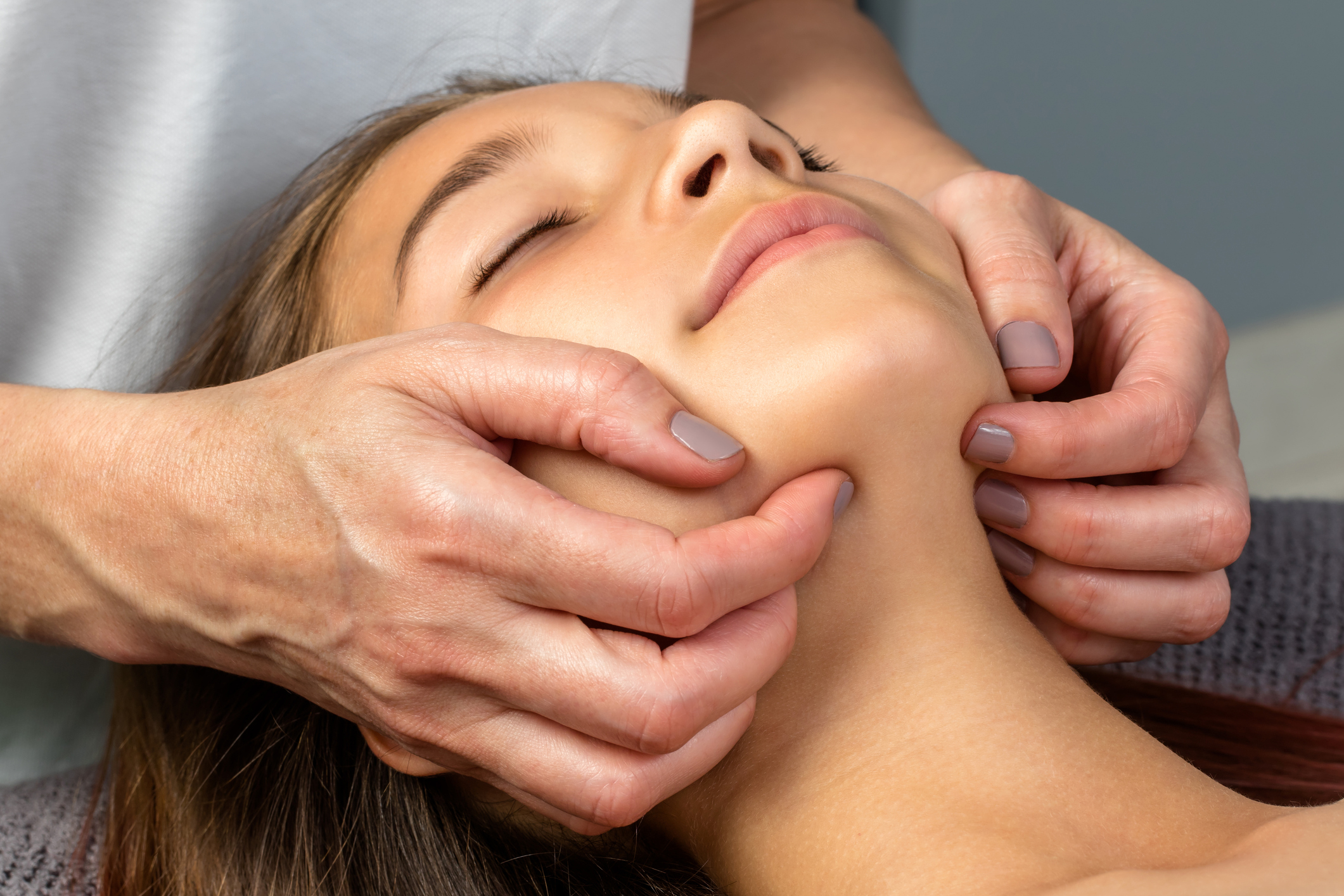What is TMJ and How is it Treated?
The Temporomandibular Joint
The jaw joint, or Temporomandibular Joint (TMJ) is a complex joint that is used in the processes of speaking, eating and chewing. It is not uncommon for the TMJ to be a source of pain for individuals presenting for physiotherapy in Australia, in fact the prevalence of temporomandibular joint and muscle disorder (TMJD) is between 5% and 12%.
Unusual for chronic pain conditions, the prevalence rates of TMJ disorders are higher among younger persons and are also at least twice as prevalent in women as in men.
Treatment technique for TMJD.
Signs and Symptoms of TMJ Disorders
The measurement of facial pain and TMJD is complicated. There is no standard definition for TMJD; it is measured by asking about various symptoms that may include the likes of:
Jaw pain or tenderness
Jaw clicking / clunking
Feelings of jaw catching / locking
Tightness / Aching in the facial, forehead or ear regions
Associated headaches or neck stiffness
Teeth grinding, clenching / Bruxism
Possible facial pins and needles / tingling, may be associated with teeth pain
Some questions that can be asked to determine whether there may be involvement of the TMJ include:
Do you sometimes experience limitation in opening your mouth?
Does your jaw ever click or grind?
Have you ever been told you grind your teeth whilst sleeping?
Is chewing sometimes painful?
Do you ever experience pain around the jaw or ears?
Do you suffer from headaches?
Has your jaw ever locked?
Do you suffer from stress or stress related disorders and in the presence of stress do your symptoms increase?
Have you ever experienced trauma to or around the head, neck or jaw areas?
Our team of Physiotherapists can help TMJ Disorders by:
Relieving pain and discomfort
Minimising stiffness in the temporomandibular joint
Reducing tightness in the muscles that open and close your jaw
Restoring normal function and alignment of the jaw
Providing exercises and management strategies to minimise symptoms and flare-ups
We offer:
Education on activities and foods to avoid
Manual techniques, including intraoral release and mobilization of the TMJ
Advanced dry needling techniques to the orofacial area
Self-management strategies to improve mobility, alignment and ultimately normal
function to the TMJ.
Stress management advice
Keilor Road Physiotherapy are the experts at relieving pain and discomfort from TMJ disorders. Servicing Niddrie, Essendon, Airport West, Keilor & Melbourne’s Northern suburbs for over 40 years, you can book with one of our highly trained expert TMJ team below or call 93794557 to speak to one of our admin superstars.
Johansson A, et al: Gender difference in symptoms related to temporomandibular disorders in a population of 50-year-old subjects. J OROFAC PAIN 2003; 17:29-35.
Macfarlane TV, Blinkhorn AS, Davies RM, Kincey J, Worthington HV. Oro-facial pain in the community: prevalence and associated impact. Community Dent Oral Epidemiol 2002; 30: 52–60
Pow EH et al : Prevalence of symptoms associated with temporomandibular disorders in Hong Kong Chinese. J Orofac Pain 2002; 15(3):228-34.
Article by
Robbie Webb | Sports Physiotherapist
Robbie graduated from The University of Melbourne in 2004 and completed his Masters in Sports Physiotherapy via La Trobe University in 2012. He has extensive private practise experience and was head Physiotherapist at the Hamilton Football and Netball Club for six years.



